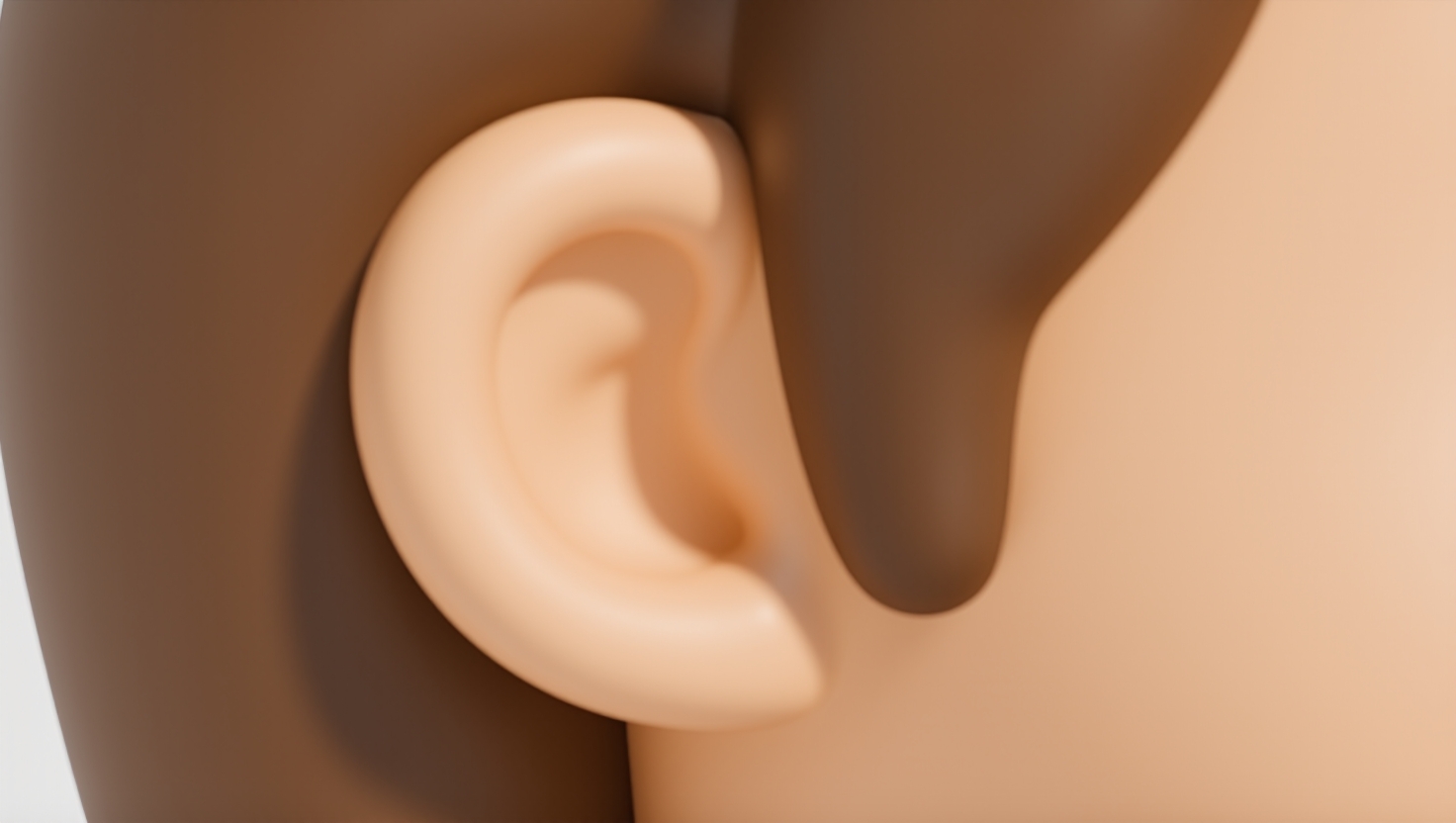What Is Conductive Hearing Loss?
Understanding Conductive Hearing Loss
Conductive hearing loss occurs when sound waves encounter a barrier or disruption while traveling through the outer or middle ear, preventing them from properly reaching the inner ear. Unlike other types of hearing loss that affect the inner ear or auditory nerve, conductive hearing loss mainly reduces the loudness of sounds, making them seem quieter or somewhat muffled. However, it typically does not impact the clarity or quality of the sound itself.
To better understand this, imagine trying to listen through a thick curtain or closed window—sounds come through, but they are softer and less distinct. That’s similar to what happens with conductive hearing loss: the sound’s pathway is partially blocked or impaired, so less sound energy reaches the cochlea (inner ear), where it is processed.
Conductive hearing loss can happen gradually or suddenly, depending on the cause, and it often affects one ear but can involve both. This type of hearing loss is frequently treatable or reversible, especially when identified early.
Common Causes of Conductive Hearing Loss
Several conditions can interfere with the transmission of sound through the outer and middle ear. Some of the most common causes include:
- Ear infections: Middle ear infections, such as otitis media, often cause swelling and fluid buildup behind the eardrum, blocking sound passage. These infections are especially common in young children and can lead to temporary hearing difficulties.
- Fluid buildup in the middle ear: Sometimes fluid accumulates without infection, a condition known as serous otitis media or “glue ear,” which similarly disrupts sound conduction.
- Earwax blockage: Excessive earwax (cerumen) can physically obstruct the ear canal, preventing sound waves from reaching the eardrum.
- Damage to the tiny bones in the middle ear (ossicles): The middle ear contains three small bones—malleus, incus, and stapes—that amplify and transmit sound vibrations. Injury, infection, or diseases like otosclerosis can impair their function.
For example, a person might describe experiencing muffled hearing in one ear after a severe cold or repeated ear infections as a child. In adults, gradual hearing loss due to ossicle damage or persistent earwax buildup is common. Research indicates that around 15% of hearing loss cases are conductive, highlighting its prevalence.
When to See a Doctor
Recognizing the symptoms early can make a significant difference in outcomes, so it is important to consult a healthcare professional if any of the following signs occur:
- Sudden or noticeable loss of hearing in one or both ears
- Persistent difficulty hearing or understanding speech, especially in quiet settings
- Ear pain or discomfort that does not resolve quickly
- Discharge or fluid leaking from the ear, which could indicate infection or eardrum rupture
A healthcare provider—such as an audiologist or ENT (ear, nose, and throat) specialist—can perform an examination, including hearing tests and visual inspection of the ear canal and eardrum. They can help diagnose the underlying cause and suggest appropriate options.
How Conductive Hearing Loss Affects Daily Life
While conductive hearing loss primarily reduces sound volume, the impact on daily routines can be significant. Some common challenges include:
- Having difficulty concentrating, particularly in noisy environments like restaurants or meetings, because sounds are softer and less clear
- Frequently misunderstanding conversations, which can be frustrating and lead to repeated requests for clarification
- Social withdrawal or reluctance to participate in group activities, as hearing struggles can make communication tiring or embarrassing
- Experiencing feelings of frustration, isolation, or mood changes due to communication barriers
For example, a teacher with untreated conductive hearing loss might find it harder to catch students’ questions in a busy classroom, while an older adult may withdraw from family gatherings to avoid struggling to follow conversations. These consequences not only affect personal relationships but can also diminish work performance and overall quality of life.
Facts and Research
Research highlights the importance of early diagnosis and attention to conductive hearing loss, especially in children. Untreated cases can delay speech and language development because children rely heavily on hearing to learn communication skills. Hearing loss in early childhood affects approximately 2 in 1,000 newborns.
In adults, untreated conductive hearing loss can lead to increased stress and listening fatigue, as the brain works harder to interpret muffled sounds. This additional effort can result in headaches, irritability, and reduced ability to focus over time.
Timely management—whether through medical evaluation, earwax removal, or other interventions—can significantly improve hearing and reduce these secondary issues. Studies emphasize that addressing even mild conductive hearing loss can enhance social engagement and emotional well-being.
Final Thoughts
If symptoms of conductive hearing loss are present, it is important to seek a professional evaluation promptly. Early diagnosis allows for a range of options that may restore hearing, reduce discomfort, and improve overall quality of life.
Do not let hearing difficulties go unchecked—simple interventions may make a meaningful difference.
---
Ready to schedule an evaluation? Contact Sleep and Sinus Centers today—online or call (678) 689-1100. Our team is available to assist with comprehensive ear and hearing assessments.
This article is for educational purposes only and is not medical advice. Please consult a qualified healthcare provider for diagnosis and management.
Don’t let allergies slow you down. Schedule a comprehensive ENT and allergy evaluation at Sleep and Sinus Centers of Georgia. We’re here to find your triggers and guide you toward lasting relief.



